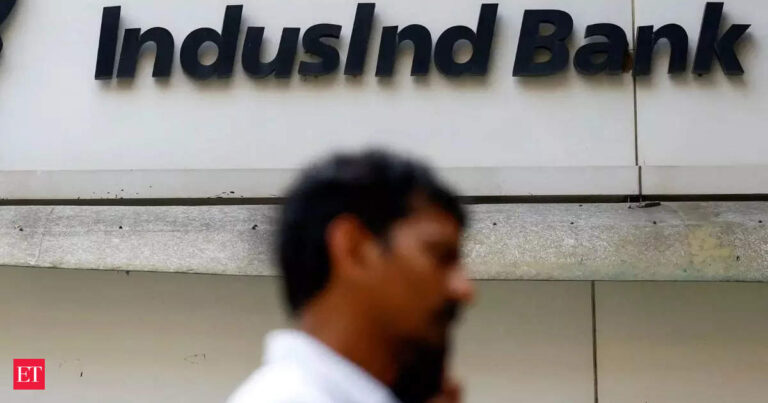Now, the RBI has contacted several large banks to verify their hedging effectiveness and positions in the forex derivative market, ET has reported based on information from people aware of the matter.
Indian banking sector has long recovered from the bad loans problem that weighed it down once. The sector is healthy, with improved asset quality, capital position and profitability, but there are some areas of concern too such as unsecured retail loans and micro-finance while hard gaze of the RBI and slow deposit growth also pose growth challenges.
Bad loans ratio at a 12-year low
Asset quality of banks improved further and their gross non-performing assets (GNPA) or bad loans ratio declined to a 12-year low of 2.6 per cent in September 2024 on the back of falling slippages and steady credit demand, as per RBI. The net NPA ratio or the proportion of net non-performing assets in net loans and advances was at around 0.6 per cent, according to the RBI’s December 2024 issue of the Financial Stability Report.
“Buoyed by falling slippages, higher write-offs and steady credit demand, the gross nonperforming assets (GNPA) ratio of 37 scheduled commercial banks (SCBs) fell to a multi-year low of 2.6 per cent,” the report said. The improvement in asset quality of SCBs was broad-based across sectors and bank groups.
According to the report, the share of large borrowers in GNPA of SCBs has steadily declined over the past two years. The asset quality of banks’ large borrower portfolios has improved considerably, with the GNPA ratio falling from 4.5 per cent in March 2023 to 2.4 per cent in September 2024. In the large borrower segment, the share of standard assets in total funded amount has consistently improved over the past two years.
Notably, none of the top 100 borrowers are classified as NPAs in September 2024. In terms of value, investment grade advances (rated BBB and above) constituted 91.5 per cent of the funded advances to large borrowers with long-term external ratings, the report said.
However, the RBI also flagged concern over a sharp rise in write-offs, especially among private sector banks (PVBs), which could be partly masking worsening asset quality in unsecured lending segment and dilution in underwriting standards.
The report cautioned that “vulnerabilities in the form of stretched equity valuations, pockets of stress in the microfinance and consumer credit…
Read More: IndusInd issue puts the spotlight on India’s banking sector




